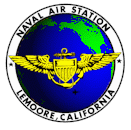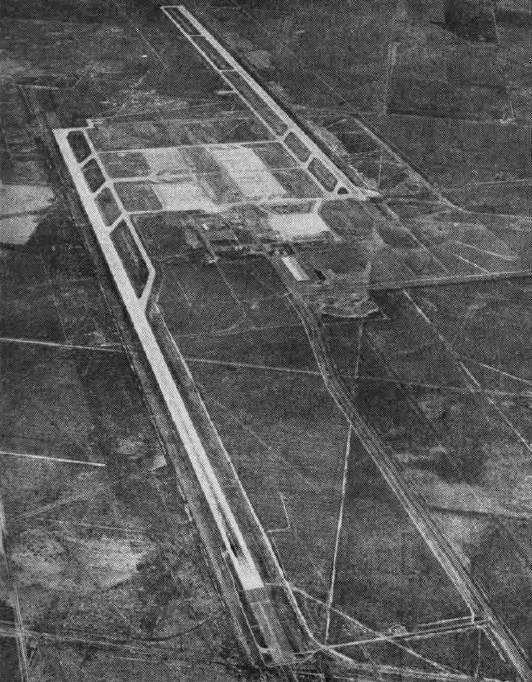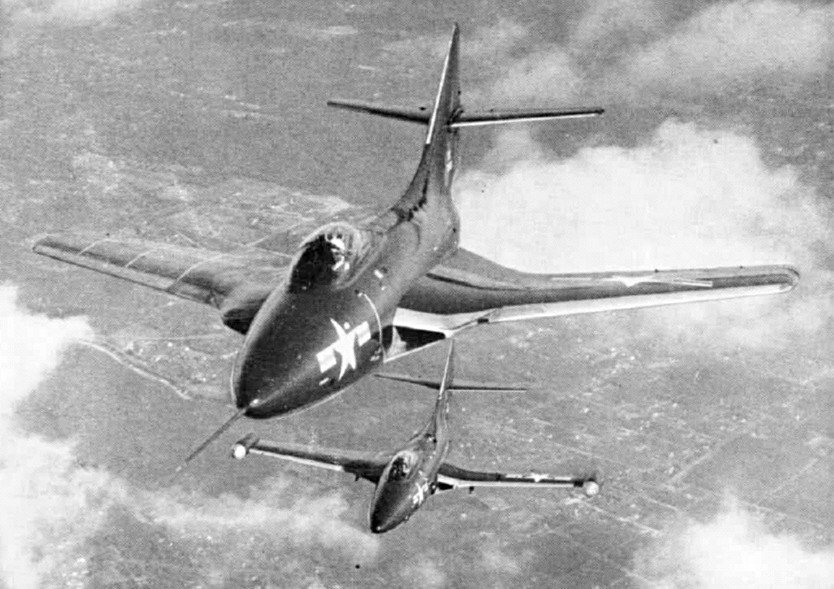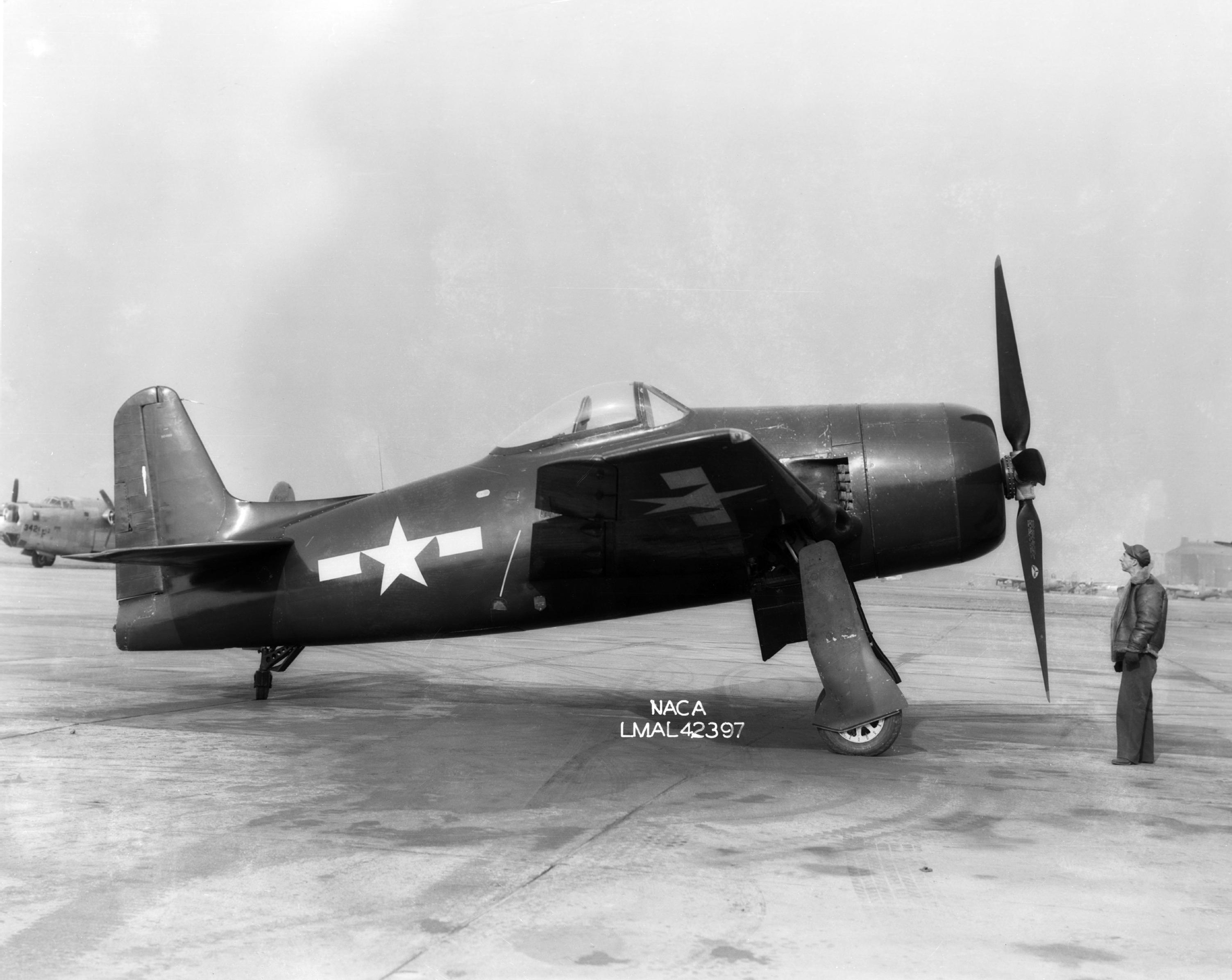|
VFA-192
Strike Fighter Squadron 192 (VFA-192), also known as the "World Famous Golden Dragons", are a United States Navy F/A-18E Super Hornet fighter squadron stationed at NAS Lemoore. Squadron Insignia and Nickname The squadron's first insignia was approved by the Chief of Naval Operations (CNO) on 11 October 1945 and consisted of a reddish-brown kangaroo with crimson boxing gloves on a white cloud. The squadron was known as the ''Fightin' Kangaroos''. Following the squadron's redesignation to VF-15A, the squadron changed its name to the ''Black Knights'' and a new insignia was approved on 24 November 1947. It was a black helmet with gold markings and a gold shield. When the squadron was redesignated VF-151, the helmet/shield insignia was modified and the Latin inscription ''In Omnia Paratus'' was added, meaning ''ready for anything''. A new squadron insignia was approved on 8 August 1950, consisting of a silver dragon and grey/black aircraft carrier. This design was modified with a yell ... [...More Info...] [...Related Items...] OR: [Wikipedia] [Google] [Baidu] |
McDonnell Douglas F/A-18 Hornet
The McDonnell Douglas F/A-18 Hornet is an all-weather, twin-engine, supersonic, carrier-capable, multirole combat aircraft, designed as both a fighter and attack aircraft (hence the F/A designation). Designed by McDonnell Douglas (now part of Boeing) and Northrop (now part of Northrop Grumman), the F/A-18 was derived from the latter's YF-17 in the 1970s for use by the United States Navy and Marine Corps. The Hornet is also used by the air forces of several other nations, and formerly by the U.S. Navy's Flight Demonstration Squadron, the Blue Angels. The F/A-18 was designed to be a highly versatile aircraft due to its avionics, cockpit displays, and excellent aerodynamic characteristics, with the ability to carry a wide variety of weapons. The aircraft can perform fighter escort, fleet air defense, suppression of enemy air defenses, air interdiction, close air support, and aerial reconnaissance. Its versatility and reliability have proven it to be a valuable carrier ass ... [...More Info...] [...Related Items...] OR: [Wikipedia] [Google] [Baidu] |
NAS Lemoore
Naval Air Station Lemoore or NAS Lemoore is a United States Navy base, located in Kings County and Fresno County, California, United States. Lemoore Station, a census-designated place, is located inside the base's borders. NAS Lemoore is the Navy's newest and largest master jet base. Strike Fighter Wing Pacific, along with its associated squadrons, is home ported there. NAS Lemoore also hosts five carrier air wings: Carrier Air Wing Two (CVW-2), Carrier Air Wing 5 (CVW-5), Carrier Air Wing Nine (CVW-9), Carrier Air Wing Eleven (CVW-11), and Carrier Air Wing Seventeen (CVW-17). History Commissioned in 1961, NAS Lemoore, as seen from an aircraft flying above, looks significant and stands out from the farmlands of Central California, due to its large construction. It is the newest and largest master jet base of the U.S. Navy. It has two offset parallel runways apart. Aircraft parking and maintenance hangars are aligned between the runways. Separated from the hangars by under ... [...More Info...] [...Related Items...] OR: [Wikipedia] [Google] [Baidu] |
Naval Air Station Lemoore
Naval Air Station Lemoore or NAS Lemoore is a United States Navy base, located in Kings County and Fresno County, California, United States. Lemoore Station, a census-designated place, is located inside the base's borders. NAS Lemoore is the Navy's newest and largest master jet base. Strike Fighter Wing Pacific, along with its associated squadrons, is home ported there. NAS Lemoore also hosts five carrier air wings: Carrier Air Wing Two (CVW-2), Carrier Air Wing 5 (CVW-5), Carrier Air Wing Nine (CVW-9), Carrier Air Wing Eleven (CVW-11), and Carrier Air Wing Seventeen (CVW-17). History Commissioned in 1961, NAS Lemoore, as seen from an aircraft flying above, looks significant and stands out from the farmlands of Central California, due to its large construction. It is the newest and largest master jet base of the U.S. Navy. It has two offset parallel runways apart. Aircraft parking and maintenance hangars are aligned between the runways. Separated from the hangars by underp ... [...More Info...] [...Related Items...] OR: [Wikipedia] [Google] [Baidu] |
1996 Taiwan Strait Crisis
The Third Taiwan Strait Crisis, also called the 1995–1996 Taiwan Strait Crisis or the 1996 Taiwan Strait Crisis, was the effect of a series of missile tests conducted by the People's Republic of China (PRC) in the waters surrounding Taiwan, including the Taiwan Strait from 21 July 1995 to 23 March 1996. The first set of missiles fired in mid-to-late 1995 were allegedly intended to send a strong signal to the Republic of China government under President Lee Teng-hui, who had been seen as moving its foreign policy away from the One-China policy. The second set of missiles were fired in early 1996, allegedly intending to intimidate the Taiwanese electorate in the run-up to the 1996 presidential election. Lee's 1995 visit to Cornell The crisis began when President Lee Teng-hui accepted an invitation from his alma mater, Cornell University to deliver a speech on "Taiwan's Democratization Experience". Seeking to diplomatically isolate the Republic of China, the PRC opposed suc ... [...More Info...] [...Related Items...] OR: [Wikipedia] [Google] [Baidu] |
Grumman F-9 Cougar
The Grumman F9F/F-9 Cougar is a carrier-based fighter aircraft for the United States Navy and United States Marine Corps. Based on Grumman's earlier F9F Panther, the Cougar replaced the Panther's straight wing with a more modern swept wing. Thrust was also increased with the installation of a newer, more powerful engine. The Navy considered the Cougar an updated version of the Panther, despite having a different official name, and thus Cougars started off from F9F-6. Design and development Early development Rumors that the Soviet Union had produced a swept-wing fighter had circulated a year before the Mikoyan-Gurevich MiG-15 first appeared at air shows in 1949. Despite the level of activity taking place with swept-wing aircraft, the Navy was not initially focused on the development of such aircraft. This was largely because the Navy's focus at the time was defending the battle group against high speed, high altitude bombers with interceptors, as well as escorting medium-rang ... [...More Info...] [...Related Items...] OR: [Wikipedia] [Google] [Baidu] |
LTV A-7 Corsair II
The LTV A-7 Corsair II is an American carrier-capable subsonic light attack aircraft designed and manufactured by Ling-Temco-Vought (LTV). The A-7 was developed during the early 1960s as replacement for the Douglas A-4 Skyhawk. Its design was derived from the Vought F-8 Crusader; in comparison with the F-8, the A-7 is both smaller and restricted to subsonic speeds, its airframe being simpler and cheaper to produce. Following a competitive bid by Vought in response to the United States Navy's (USN) ''VAL'' (Heavier-than-air, Attack, Light) requirement, an initial contract for the type was issued on 8 February 1964. Development was rapid, first flying on 26 September 1965 and entering squadron service with the USN on 1 February 1967; by the end of that year, A-7s were being deployed overseas for the Vietnam War. Initially adopted by USN, the A-7 proved attractive to other services, soon being adopted by the United States Air Force (USAF) and the Air National Guard (ANG) to repl ... [...More Info...] [...Related Items...] OR: [Wikipedia] [Google] [Baidu] |
Boeing F/A-18E/F Super Hornet
The Boeing F/A-18E and F/A-18F Super Hornet are twin-engine, carrier-capable, multirole fighter aircraft variants based on the McDonnell Douglas F/A-18 Hornet. The F/A-18E single-seat and F/A-18F tandem-seat variants are larger and more advanced derivatives of the F/A-18C and D Hornet. The Super Hornet has an internal 20 mm M61 rotary cannon and can carry air-to-air missiles and air-to-surface weapons. Additional fuel can be carried in up to five external fuel tanks and the aircraft can be configured as an airborne tanker by adding an external air-to-air refueling system. Designed and initially produced by McDonnell Douglas, the Super Hornet first flew in 1995. Low-rate production began in early 1997 with full-rate production starting in September 1997, after the merger of McDonnell Douglas and Boeing the previous month. The Super Hornet entered fleet service with the United States Navy in 1999, replacing the Grumman F-14 Tomcat, which was retired in 2006; the Super ... [...More Info...] [...Related Items...] OR: [Wikipedia] [Google] [Baidu] |
Grumman F8F Bearcat
The Grumman F8F Bearcat is an American single-engine carrier-based fighter aircraft introduced in late World War II. It served during the mid-20th century in the United States Navy, the United States Marine Corps, and the air forces of other nations. It was Grumman Aircraft's last piston engined fighter aircraft. Modified versions of the Bearcat have broken speed records for piston-engined aircraft. Today, the Bearcat is popular among warbird owners and air racers. Design and development Concept The Bearcat concept began during a meeting between Battle of Midway veteran F4F Wildcat pilots and Grumman Vice President Jake Swirbul at Pearl Harbor on 23 June 1942. At the meeting, Lieutenant Commander Jimmie Thach emphasized one of the most important requirements in a good fighter plane was "climb rate". Climb performance is strongly related to the power-to-weight ratio, and is maximized by wrapping the smallest and lightest possible airframe around the most powerful availab ... [...More Info...] [...Related Items...] OR: [Wikipedia] [Google] [Baidu] |
Vought F4U Corsair
The Vought F4U Corsair is an American fighter aircraft which saw service primarily in World War II and the Korean War. Designed and initially manufactured by Chance Vought, the Corsair was soon in great demand; additional production contracts were given to Goodyear, whose Corsairs were designated FG, and Brewster, designated F3A. The Corsair was designed and operated as a carrier-based aircraft, and entered service in large numbers with the U.S. Navy in late 1944 and early 1945. It quickly became one of the most capable carrier-based fighter-bombers of World War II. Some Japanese pilots regarded it as the most formidable American fighter of World War II and its naval aviators achieved an 11:1 kill ratio. Early problems with carrier landings and logistics led to it being eclipsed as the dominant carrier-based fighter by the Grumman F6F Hellcat, powered by the same Double Wasp engine first flown on the Corsair's initial prototype in 1940. Instead, the Corsair's early deployme ... [...More Info...] [...Related Items...] OR: [Wikipedia] [Google] [Baidu] |
Grumman F9F Panther
The Grumman F9F Panther is one of the United States Navy's first successful carrier-based jet fighters, as well as Grumman’s first jet fighter. A single-engined, straight-winged day fighter, it was armed with four cannons and could carry a wide assortment of air-to-ground munitions. The Panther was used extensively by the U.S. Navy and Marine Corps in the Korean War. It was also the first jet aircraft used by the Blue Angels aerobatics demonstration team, from 1949 through late 1954. The aircraft was exported to Argentina and was the first jet used by the Argentine Naval Aviation. Total F9F production was 1,382. The design evolved into the swept wing Grumman F-9 Cougar. Design and development Development studies at Grumman for jet-powered fighter aircraft began near the end of World War II as the first jet engines emerged. In a competition for a jet-powered night fighter for the United States Navy, on 3 April 1946 the Douglas F3D Skyknight was selected over Grumman's G-7 ... [...More Info...] [...Related Items...] OR: [Wikipedia] [Google] [Baidu] |
United States Department Of The Navy Seal
United may refer to: Places * United, Pennsylvania, an unincorporated community * United, West Virginia, an unincorporated community Arts and entertainment Films * ''United'' (2003 film), a Norwegian film * ''United'' (2011 film), a BBC Two film Literature * ''United!'' (novel), a 1973 children's novel by Michael Hardcastle Music * United (band), Japanese thrash metal band formed in 1981 Albums * ''United'' (Commodores album), 1986 * ''United'' (Dream Evil album), 2006 * ''United'' (Marvin Gaye and Tammi Terrell album), 1967 * ''United'' (Marian Gold album), 1996 * ''United'' (Phoenix album), 2000 * ''United'' (Woody Shaw album), 1981 Songs * "United" (Judas Priest song), 1980 * "United" (Prince Ital Joe and Marky Mark song), 1994 * "United" (Robbie Williams song), 2000 * "United", a song by Danish duo Nik & Jay featuring Lisa Rowe Television * ''United'' (TV series), a 1990 BBC Two documentary series * ''United!'', a soap opera that aired on BBC One from 1965-19 ... [...More Info...] [...Related Items...] OR: [Wikipedia] [Google] [Baidu] |




_underway_at_sea_on_10_March_1996.jpeg/1200px-USS_Independence_(CV-62)_underway_at_sea_on_10_March_1996.jpeg)





_mfr_891062-3_(GHC_via_RJF)_(18356559201).jpg)